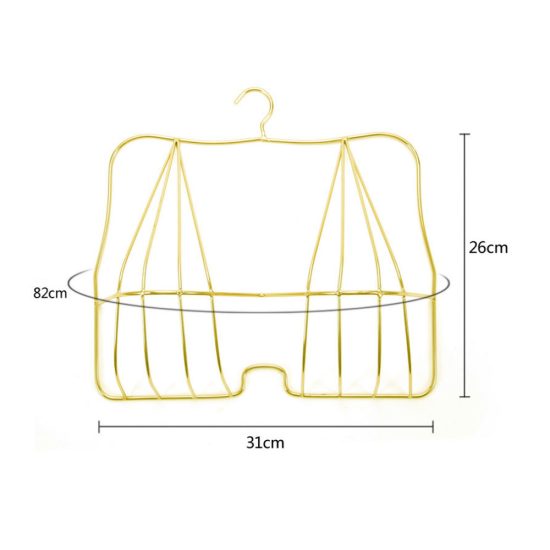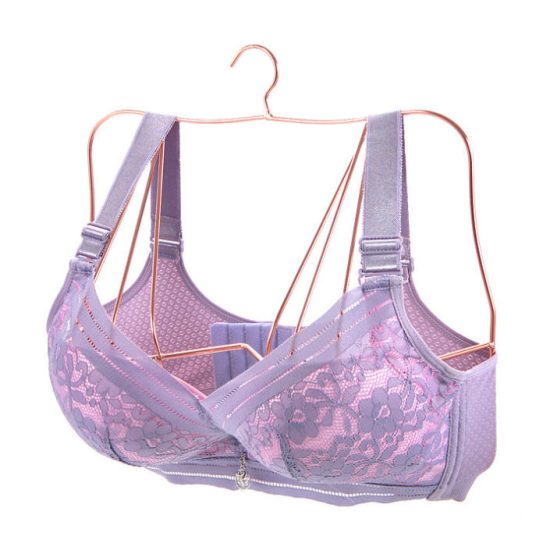Hangers come with various features that enhance their functionality, durability, and versatility. Here are some common features of hangers:
- Shoulder shape: Many hangers are designed with contoured shoulders that mimic the natural shape of human shoulders. This feature helps maintain the shape and structure of garments, especially tailored jackets, coats, or dresses. The curved shoulders prevent shoulder dimples or deformation, ensuring a proper fit when the clothes are worn.
- Clips or clamps: Some hangers, such as pant hangers or skirt hangers, come with clips or clamps attached to the horizontal bar. These clips securely hold the waistband or hem of pants, skirts, or other bottoms, preventing them from slipping or getting wrinkled. Adjustable clips allow for different sizes or widths of clothing items to be accommodated.
- Padding or non-slip surfaces: Hangers with padding or non-slip surfaces are designed to prevent garments from sliding off or getting damaged. Velvet or flocked hangers, for example, have a soft, velvety surface that provides grip and prevents clothes from slipping. The padding or non-slip surfaces also help prevent fabric creasing or indentation.
- Crossbars or accessory hooks: Some hangers, particularly suit hangers or coat hangers, come with crossbars or hooks that provide additional functionality. The crossbars allow for the hanging of accompanying trousers or skirts, keeping the entire suit or outfit together. Accessory hooks can be used to hang scarves, belts, ties, or other accessories, keeping them organized and easily accessible.
- Space-saving designs: Space-saving hangers are designed to maximize the use of vertical space in closets. Examples include cascading hangers, which have multiple tiers or hooks that allow garments to be hung vertically from a single hanger. This feature helps optimize closet space and can be particularly useful for small or crowded closets.
- Durability and weight-bearing capacity: Hangers come in different materials and designs that determine their durability and weight-bearing capacity. Sturdy materials like wood or metal are often chosen for heavier garments, while lighter materials like plastic are suitable for everyday clothing items. The weight-bearing capacity of a hanger should be considered when selecting hangers for specific garments.
- Size and shape variety: Hangers come in various sizes and shapes to accommodate different types of clothing. They can be tailored to fit specific garments, such as shirts, suits, pants, skirts, or accessories. Choosing the right size and shape ensures a proper fit for the clothing, preventing stretching, distortion, or damage.
- Hooks or attachments for storage: Some hangers feature hooks or attachments that allow for easy storage when not in use. These hooks can be used to hang hangers on closet rods or other hooks, keeping them organized and readily accessible.
By considering these features, you can select hangers that best meet your needs, suit your clothing items, and optimize the organization and storage of your wardrobe.


